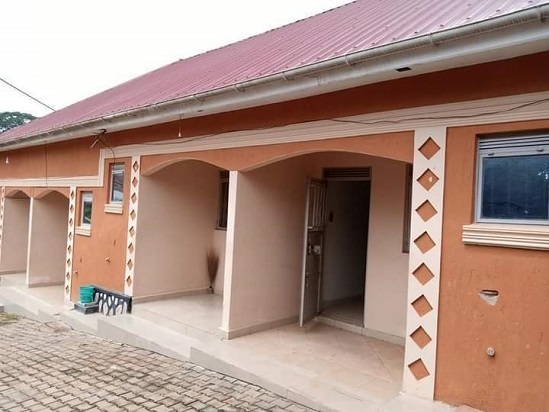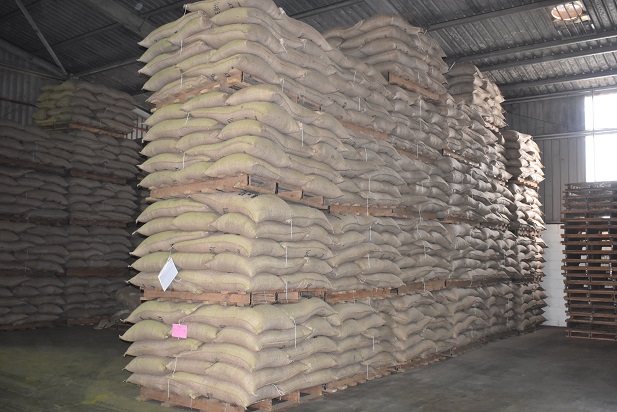L-R: Aaron Akampa, Stanbic Bank Head of Enterprise Banking, Doreen Kironde, Head of Trade and Africa China Banking, Phillip Ssali the Head of Corporate Sales Global Markets, Annette Kiconco Head of Public Sector Banking
A slight easing of activity in some sectors of the economy during February dropped the headline Stanbic Purchasing Managers’ Index (PMI) to 51.7 from 54.0 in January.
However, overall business conditions in the Ugandan private sector continued to improve in February amid further increases in output and new orders resulting in firms increasing their employment and purchasing activity.
The Stanbic PMI is a monthly survey carried out by S&P Global involving about 400 respondents, covering agriculture, mining, manufacturing, construction, wholesale, retail and services.
The PMI is a weighted average of the following five indices: New Orders (30%), Output (25%), Employment (20%), Suppliers’ Delivery Times (15%) and Stocks of Purchases (10%). Readings above 50.0 signal an improvement in business conditions on the previous month, while readings below 50.0 show deterioration.
On the latest findings, Christopher Legilisho, Economist at Stanbic Bank said, “Despite a slight softening of private sector activity in February, Uganda has sustained a streak of strong activity, with both output and new orders increasing over the last 19 months due to higher customer demand. There was growth in construction, industry, services as well as wholesale and retail.”
The report shows that an influx of new clients also supported a further expansion of business activity, although there were reports from some panelists that demand had shown signs of softening over the month. Output rose across four of the five monitored sectors, with only agriculture posting a fall.
Legilisho said, “Activity in agriculture declined in February. Still, backlogs eased, particularly in agriculture, with firms increasing staffing levels for 11 months running, albeit only slightly in February, as well as hiring permanent staff to handle overflow. Nevertheless, staffing costs in February declined for a second month running as firms increased output prices whilst limiting costs – this was despite higher input prices, especially for fuel, materials and utilities. Firms remain optimistic about the outlook for customer demand and output over the next 12 months.”
According to the report, as well as contributing to current growth of activity and new orders, higher customer numbers are also predicted to support increases in output over the year ahead. As such, companies remained optimistic in the 12-month outlook for activity, with positivity seen at around 83% of respondents.
Despite sustained increases in purchasing activity in February, stocks of inputs decreased for the first time in three months. While wholesale and retail companies raised their inventory holdings, this was outweighed by falls in stocks of purchases in the agriculture and industry categories.
Employment rose again in February as firms made efforts to deplete backlogs of work. These were generally successful as outstanding business decreased for the second successive month.
Employment has now increased in each survey period since April last year, but trends varied by sector in February. Job creation in the industry, services and wholesale and retail categories contrasted with falling staffing levels in agriculture and construction.
Companies also increased their purchasing activity again in February, while suppliers’ delivery times shortened. That said, stocks of purchases decreased for the first time in three months.
Anecdotal evidence suggested that input buying was raised in line with higher sales, but some firms scaled back purchasing amid signs of client demand softening.
Higher prices for fuel, materials and utilities resulted in an increase in overall input costs midway through the first quarter. With overall input costs rising, companies increased their own selling prices accordingly. Charge inflation has now been recorded in each of the past 11 months. Four of the five monitored sectors saw output prices increase in February, the exception being construction.
Companies were able to deplete their backlogs of work for the second month running midway through the first quarter of the year. Construction was the only sector to see outstanding business increase during the latest survey period.





